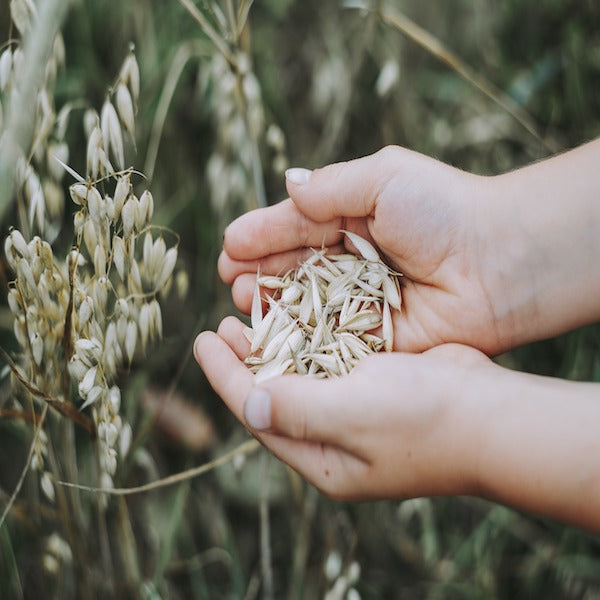Cover Crops 101: Improve Soil Quality and Boost Spring Garden Yields
•Posted on November 14 2024

Cover crops are often associated with large-scale farming, but they offer numerous benefits for home gardeners as well. These nutrient-boosting plants can transform your garden’s soil health and enhance the productivity of your crops. In this guide, we'll explore:
- What cover crops are and how they benefit soil health
- The top cover crops to plant in the fall for a nutrient boost
- How cover crops can improve soil structure, fertility, and organic matter
- Potential drawbacks of using cover crops and how to avoid them
- Practical tips for incorporating cover crops into your home garden
What is a Cover Crop?

A cover crop is a crop grown with other more valuable crops with the sole purpose of protecting them during regular crop production.
Cover crops are generally used as part of a long-term plan by professional farmers and amateur home gardeners.
A good cover crop has benefits that extend past simple protection and into tangible benefits for the soil and primary crops.
What are the Benefits of Cover Crops?

By introducing cover crops to your yard, you can dramatically improve soil quality, the presence of beneficial organic matter, and help manage diseases and weeds. Cover crops can boost soil health all year round and especially over fall.
The return of fresh organic material from cover crops to the soil can increase the natural biological activity of the soil which in turn improves the ability of it to retain nutrients for your main crops.
Can Fall Cover Crops Lead to a More Productive Garden in the Spring?

In short, yes. As mentioned above, the cover crops planted in fall can be returned to the soil and provide it with an invaluable increase in organic material.
The nutrient level of soil can be boosted exponentially with nutrients such as nitrogen that are essential for healthy plants.
It's fair to say that planting fall cover crops is one of the best ways that you can give your spring soil a natural boost.
What are Some Good Cover Crops to Plant in the Fall?

While there are a range of crops that serve well as good cover crops in fall, there are a couple that complement each other perfectly and relatively simple to grow.
By planting oats and field peas together towards the start of fall, when spring comes around you'll have the perfect mix of organic matter and nutrients to turn over into your soil for a natural boost that can really make a noticeable difference.
Are There Negative Consequences to Planting Cover Crops?

For commercial farmers, the main disadvantage of a cover crop is the cost, as it can quickly eat into their already narrow profit margin.
For people using cover crops on a much smaller scale, the main downsides are the potential for unwanted changes in the moisture of soil that occurs as a result of adverse weather conditions or poor plant management practices.
As such, it's important to play close attention and ensure drainage is adequate. Another potential negative consequence is the fact that cover plants may attract pests or facilitate the spread of disease.
Alfalfa Meal Fertilizer as a Fall Cover Crop

Here at Greenway Biotech, we stock premium quality Alfalfa Meal fertilizer. This fertilizer is perfect for soil health and acts as an excellent cover crop.
The fast-growing nature of Alfalfa means that it blocks weeds and grows extremely deep roots that not only help deliver nutrients to the soil when turned over, but also break up dense soil.
Shop our Alfalfa Meal below or browse the rest of our fertilizer collections to find the right fit for your garden.
Related Posts:
Comments
1 Comments
-

Posted by Lilli | October 09, 2020
Leave a CommentHow can I combine 2 orders that I started?
I can’t find your phone number!!!!